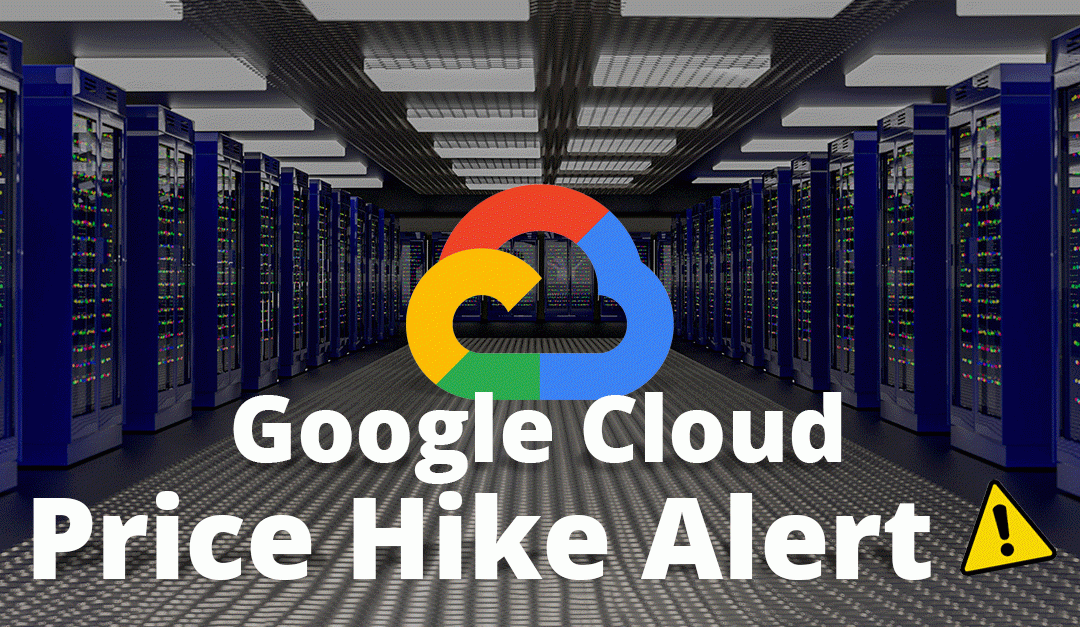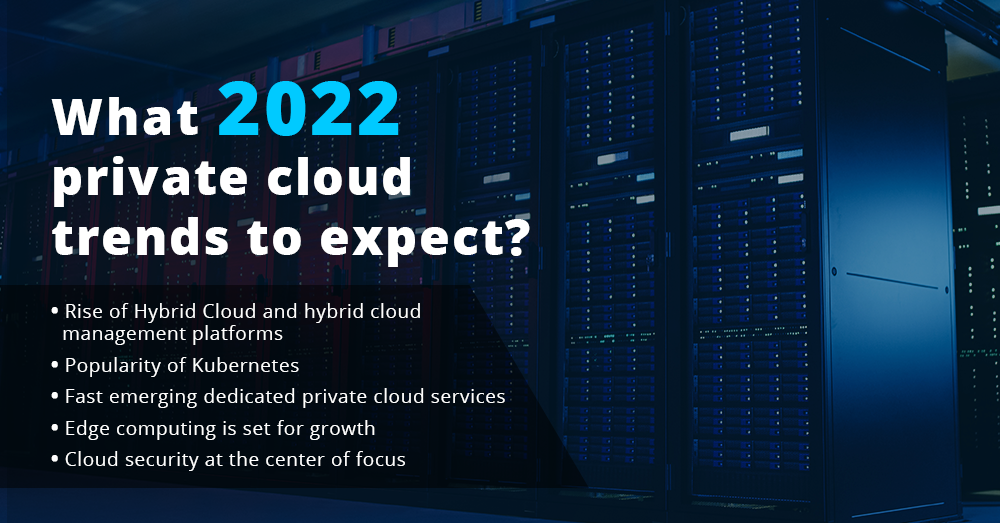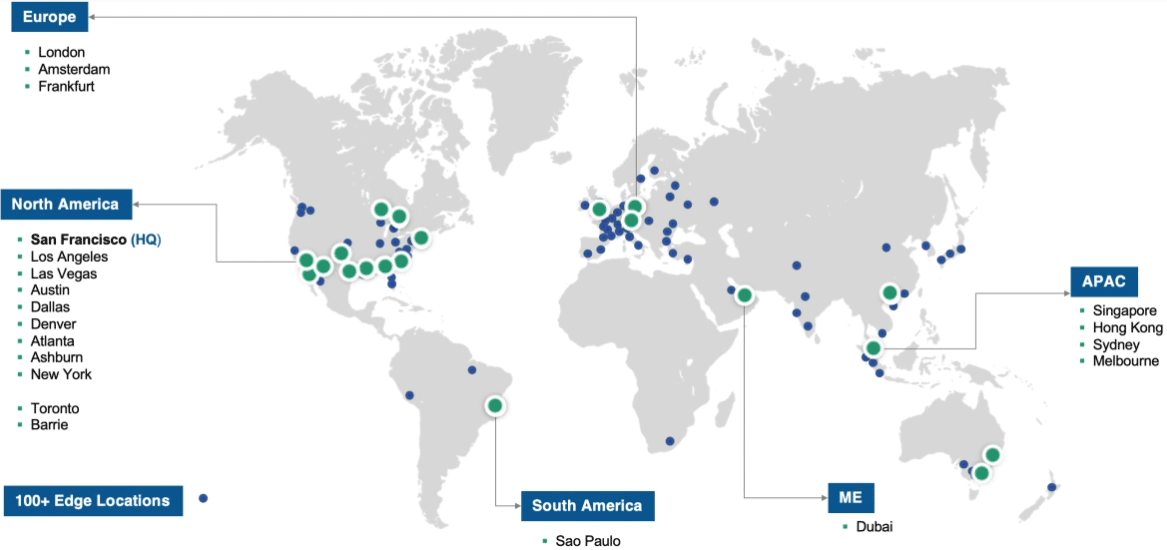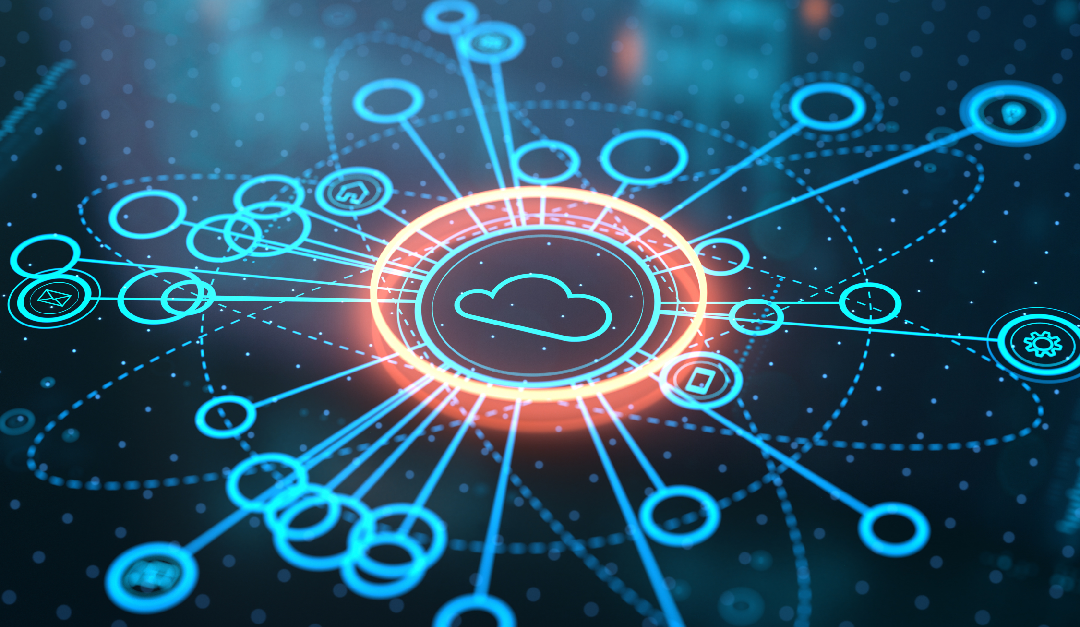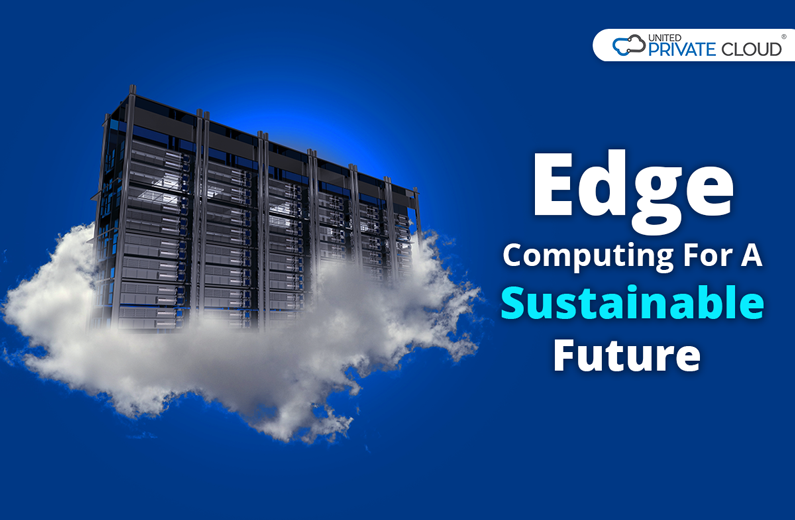
Edge Computing: Quicker, Smarter, and More Sustainable
Keeping data and technologies in action substantially impacts global energy consumption. Edge computing – processing information close to the edge where it is used – could provide a new solution for significantly reducing global energy usage.
This blog will present you with an overview of the complexities of Edge computing solutions, which is connected to the Internet of Things (IoT).
Wristbands that analyze our health, self-cleaning robots, smart traffic lights that control traffic, agricultural drones for harvesting, and so on. More and more internet-connected devices are increasingly surrounding us. The Internet of Things (IoT) is one of the fundamental technologies of the Fourth Industrial Revolution, and it is set to shape the future.
“Thanks to the combination of AI, machine learning, and real-time data processes delivered by IoT solutions, the number of cellular IoT devices is set to grow substantially. According to current statistics on IoT devices, the number will surpass 3.5 billion by 2023”
This massive amount of data is stored and processed in data centers to implement developments, and it is a crucial component of Cloud Computing. However, the large amount of data generated is a costly, time-consuming, and energy-intensive process. This is where cutting-edge technologies like Edge Computing solutions come into play.
Edge Computing Architecture:
Edge computing architecture refers to an ecosystem of infrastructure components that have been dispersed from a data center to all edge locations—as part of a company’s overall deployment.
This includes compute and storage capabilities, applications, devices, sensors, and network connectivity to the central data center or cloud, which is used in conjunction with Internet of Things (IoT) devices.
Edge computing solutions from United Private Cloud make operations easier by automating provisioning, management, and orchestration, allowing you to focus on the primary tasks of your organization. We can assist you in overcoming the hurdles of deploying edge devices wherever you need them, anywhere in the world, by collaborating with an ecosystem of partners to create the optimal edge stack for your business.
Benefits of Edge Computing Solutions :
- Improved Reliability: Edge computing architecture is more resilient than centralized systems because it distributes processing tasks over the network. Edge computing frameworks are also much less consolidated. Many vital services can still be delivered on edge, even if the core servers are forced to go offline for a brief time.
- Cybersecurity: Since the information is distributed across multiple devices, there will be less data in cloud environments, so the damage will be minimal if one environment is attacked.
- Enhanced Speed: Since data is processed at the source, the proximity of response enables the existence of valuable things like self-driving cars and emergency life-saving types of equipment.
- Bandwidth Relief: The overall traffic volume going to and from central servers is reduced by retaining more data on the network edge. This frees up much-needed bandwidth across the entire system, removing bottlenecks and processing tasks that aren’t necessary.
- Improved Data Management: A well-designed edge computing network can better manage that data by combining local devices with edge data center resources. Instead of sending all that data back to the core, edge networks can process some of it locally and only send certain data types. This frees up critical network processing resources and increases the quality of data insights generated by big data applications.
Edge computing solutions thus complement cloud sustainability and cloud computing by enhancing device usefulness while still transmitting data to the cloud for further analysis and improvements.
Impacts of edge computing benefits in cloud sustainability
More sustainable IoT Projects: The growth of internet networks and devices presents several questions about data transmission and storage efficiency. It’s not practical to move all data to the cloud because there’s a lot of data that are either not worth storing or take up too much server space that could be better used. Edge computing solutions are becoming more significant as organizations increasingly rely on big data to streamline operations. Edge computing is also a long-term solution since it decreases network congestion by sending data directly from one node to another instead of sending it to the cloud.
Reducing distance & traffic: Edge computing solutions reduces the distance between data-transferring nodes. It also reduces the amount of traffic that travels across the network, allowing you to conserve bandwidth or put it to better use. As edge computing devices have limited resources, each device should be optimized for efficiency to save energy while maintaining adequate processing power.
Here are a few fundamental ways that edge computing’s efficiency benefits contribute to cloud sustainability:
- Remote Work: Data exchange capabilities are useful for remote work in both cloud and edge computing. Currently, the cloud has made remote work possible, which has helped reduce cloud carbon footprint by eliminating physical commutes, resulting in the release of tons of CO2 due to traffic congestion.
- Air Quality: IoT data can aid in improving indoor air quality and the reduction of harmful emissions into the environment. Energy and other operational costs have also been reduced owing to edge computing devices.
- Smart City Development: IoT devices strategically placed throughout smart city infrastructure reduce traffic congestion, pollutants, and idle wait times. Smart parking meters have also enabled people to plan trips more efficiently, reducing time spent driving about and wasting gas looking for a parking space.
- Faster Response Time: Sensors, satellites, and drones equipped with edge computing capabilities are assisting utilities in responding faster to energy disruptions. Furthermore, the growth of software-based detection systems combined with AI technology is helping analysts in detecting natural calamities such as wildfires more quickly.
- Reversing Climate Change: The collection of digital intelligence at network edges has the potential to help reverse climate change. Two-way smart grids can notify decision-makers of potential environmental harm. When the primary grid goes down, utilities can immediately switch to renewable energy sources.
Keep on reading: Edge Cloud: Transcending Geographical Boundaries
Future of Edge Computing’s Role in Cloud Sustainability
“Gartner predicts that by 2025, three-quarters of enterprise-generated data will be created and processed at the edge – outside a traditional centralized data center or cloud.”
Edge computing solutions are expected to become increasingly prevalent as society dives further into big data. Environmental activist groups are already watching the IT industry contributing to cloud carbon footprint. This is because population and energy consumption are predicted to skyrocket in the following decades. Edge computing solutions are gaining traction, especially among businesses that generate and transfer large amounts of data. While the cloud is useful, it does not have to be the central location for all data. You can conserve bandwidth using data collection devices that handle processing and storage, which is the foundation of edge computing solutions.
How does United Private Cloud make Edge Computing even more sustainable?
With excellent performance on small devices and quick data synchronization, United Private Cloud enhances the Edge Computing benefits, making it an even more sustainable solution.
UnitedEdge is a Fully Managed Edge Cloud Service that provides a connection to your private cloud and becomes a seamless extension to your on-prem private cloud. Seamlessly integrate your leading public cloud solutions like Amazon, Azure, Google into any hybrid cloud configurations such as Google Anthos and Amazon Outpost.
Ready to redeem the power of Edge Computing? Contact us now!

